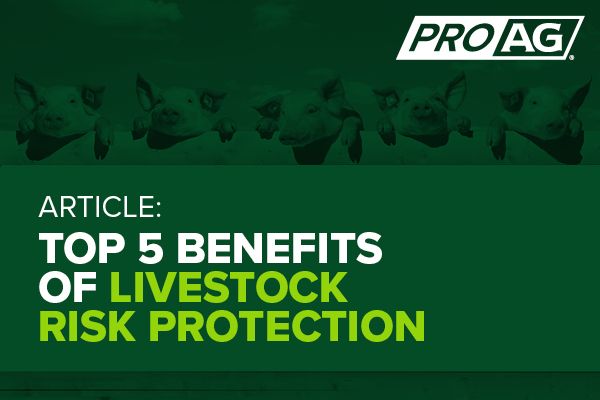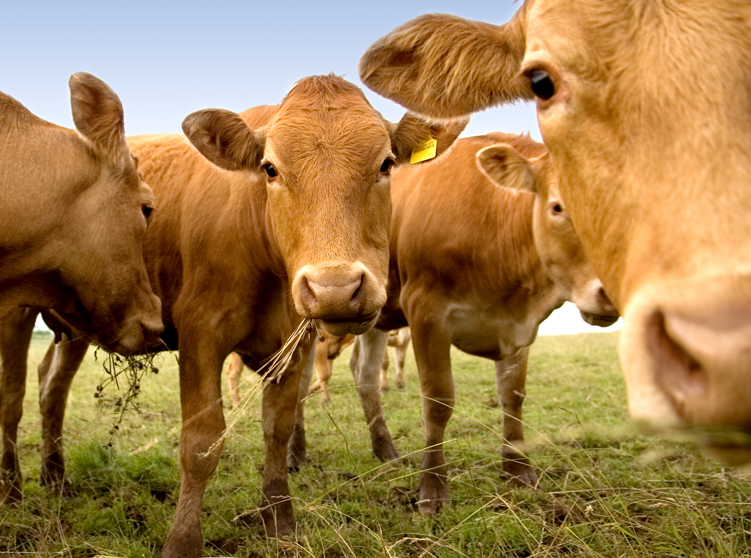Comprehending Livestock Danger Defense (LRP) Insurance Coverage: A Comprehensive Overview
Browsing the realm of livestock danger security (LRP) insurance can be a complicated undertaking for many in the agricultural industry. From exactly how LRP insurance policy operates to the numerous coverage options offered, there is much to discover in this thorough overview that might potentially shape the method livestock manufacturers come close to risk monitoring in their companies.

Just How LRP Insurance Works
Occasionally, understanding the mechanics of Animals Threat Protection (LRP) insurance coverage can be complicated, however breaking down just how it works can provide quality for farmers and ranchers. LRP insurance coverage is a danger management tool designed to safeguard livestock producers versus unexpected price declines. It's vital to keep in mind that LRP insurance policy is not an income guarantee; rather, it concentrates exclusively on rate danger security.
Eligibility and Coverage Options

When it pertains to insurance coverage options, LRP insurance offers producers the flexibility to select the coverage level, coverage duration, and endorsements that finest fit their threat monitoring demands. Protection degrees normally vary from 70% to 100% of the anticipated ending value of the insured animals. Producers can also pick protection durations that straighten with their manufacturing cycle, whether they are insuring feeder cattle, fed livestock, swine, or lamb. Recommendations such as rate danger security can even more tailor protection to secure against unfavorable market fluctuations. By comprehending the qualification requirements and coverage options offered, animals producers can make educated decisions to take care of risk effectively.
Pros and Cons of LRP Insurance Coverage
When examining Animals Danger Protection (LRP) insurance policy, it is vital for animals manufacturers to consider the downsides and advantages intrinsic in this threat monitoring device.

One of the primary benefits of LRP insurance is its capacity to provide protection versus a decline in livestock prices. Additionally, LRP insurance policy supplies a level of adaptability, enabling manufacturers to tailor coverage degrees and plan periods to match their certain needs.
Nonetheless, there are additionally some downsides to think about. One constraint of LRP insurance policy is that it does not protect versus all kinds of dangers, such as disease outbreaks or natural calamities. Premiums can occasionally be pricey, specifically for producers with big livestock herds. It is essential for producers to very carefully evaluate their private risk exposure and economic situation to determine if LRP insurance policy is the ideal risk management tool for their procedure.
Recognizing LRP Insurance Policy Premiums

Tips for Making Best Use Of LRP Benefits
Making the most of the advantages of Livestock Threat Defense (LRP) insurance policy needs tactical preparation and positive risk monitoring - Bagley Risk Management. To maximize your LRP insurance coverage, think about the complying with ideas:
Frequently Analyze Market Conditions: Remain educated about market fads and cost changes in the livestock industry. By checking these variables, you can make educated choices regarding discover here when to buy LRP coverage Recommended Reading to safeguard versus potential losses.
Set Realistic Protection Degrees: When picking insurance coverage levels, consider your production costs, market value of livestock, and potential risks - Bagley Risk Management. Establishing reasonable coverage levels makes sure that you are properly protected without overpaying for unneeded insurance coverage
Diversify Your Insurance Coverage: Rather than relying only on LRP insurance, consider expanding your risk management techniques. Incorporating LRP with other risk management devices such as futures contracts or choices can give thorough coverage against market uncertainties.
Testimonial and Readjust Protection On a regular basis: As market conditions transform, occasionally review your LRP insurance coverage to guarantee it lines up with your existing threat direct exposure. Changing coverage degrees and timing of purchases can aid optimize your risk security strategy. By complying with these pointers, you can make the most of the advantages of LRP insurance and protect your livestock operation versus unpredicted threats.
Verdict
To conclude, livestock risk protection (LRP) insurance coverage is an important device for farmers to manage the monetary risks associated with their animals procedures. By comprehending just how LRP functions, eligibility and coverage alternatives, along with the pros and cons of this insurance, farmers can make educated decisions to protect their source of incomes. By carefully considering LRP premiums and implementing techniques to optimize benefits, farmers can reduce prospective losses and ensure the sustainability of their operations.
Livestock manufacturers interested in getting Animals Risk Protection (LRP) insurance policy can explore an array of qualification criteria and coverage options customized to their specific animals operations.When it comes to coverage check this choices, LRP insurance coverage offers producers the versatility to choose the coverage level, insurance coverage period, and recommendations that best suit their threat management demands.To understand the ins and outs of Animals Risk Protection (LRP) insurance policy fully, recognizing the aspects influencing LRP insurance policy premiums is critical. LRP insurance costs are determined by numerous aspects, consisting of the protection degree picked, the anticipated cost of animals at the end of the coverage period, the kind of animals being insured, and the length of the coverage duration.Testimonial and Adjust Insurance Coverage Routinely: As market problems change, occasionally assess your LRP protection to guarantee it straightens with your present risk direct exposure.